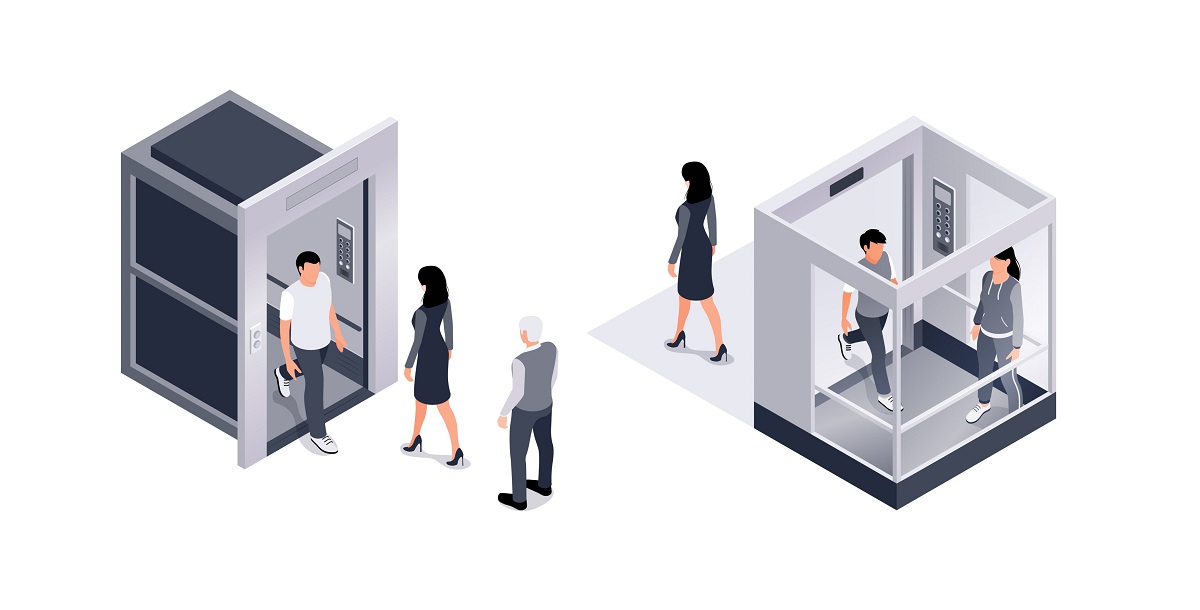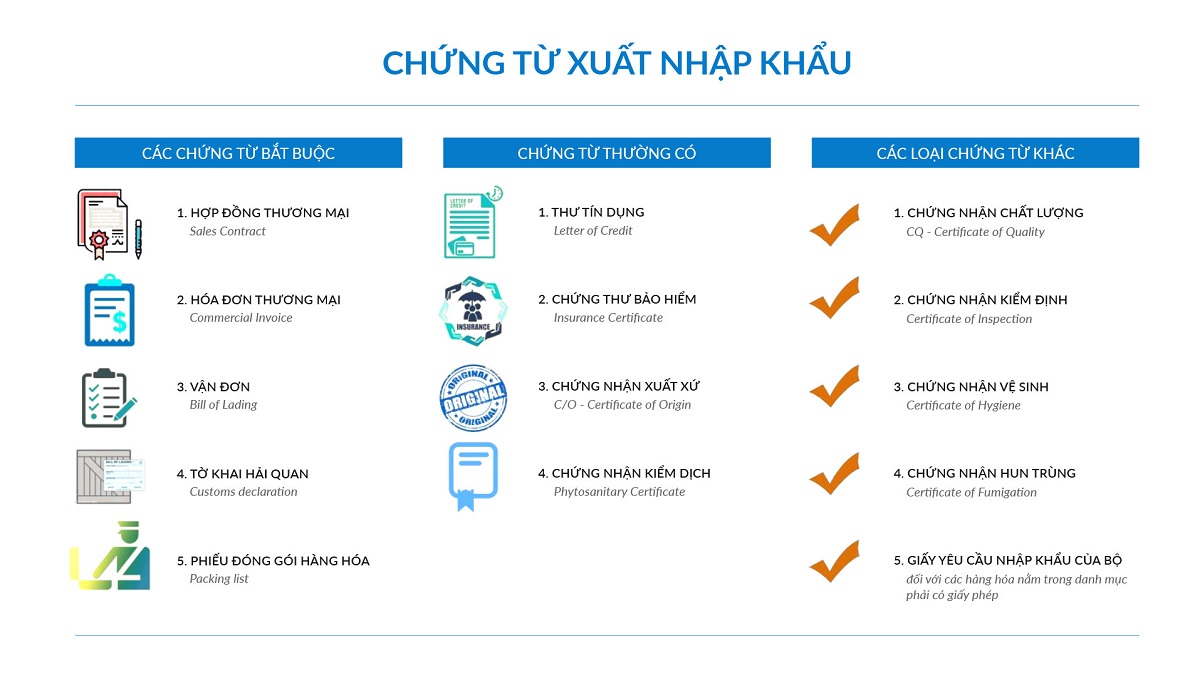EM – In the era when elevator businesses are emerging like mushrooms after the rain, along with the development of information technology, information on social networks is rife, making elevator buyer extremely confused when purchasing. As an experienced person buying elevators based on 7 criteria to keep in mind when choosing a home elevator that Elevator Magazine has instructed, however, the actual experience from a shopper in the middle market must also be useful to consumers like me.
Also read: 7 criteria to keep in mind when choosing a home lift
Having experience in buying home lift and a few houses built for rent, here are the criteria on the elevator purchasing journey I have drawn, elevator buyers should pay special attention and be careful.

This is the first factor that buyers are always very interested in. However, in reality, when we learn factor, we are all extremely confused and prone to making poor decisions.
A 400kg, 4-stop elevator for family use, we can see advertising from about 200 million to more than 1 billion. So what is the real price? Where is the false price? Will I be fooled?
Unexpectedly, I just clicked on the word “elevator” or “home lift”, only about half an hour later, I have received a call from a consultant. Everyone says it’s a joint-venture elevator with imported parts from Japan, Europe, etc. Button is from Korea, electric parts are from Malaysia, Thailand, etc. only the cabin and frame are made in Vietnam. The price is only 250 million with full installation package, 12 months warranty, …
And yet, later I saw hydraulic and screw elevators imported from Europe, costing more than 1 billion because they said that those cheap elevators were all imported Chinese components, even though told were from Japan, Korea.
In order to clarify the recommendations of the consultant, I have asked for a quote from a number of elevator suppliers. When asked how to prove that the equipment is imported, they said they had importing documents, I asked if they had the original, they said they had a notarized copy. Ask them if they can provide the original, the unit finds the reason why they imported the whole shipment, so they don’t have the original or if there is one side, they awkwardly tell me to let them ask first. Because I had a certain research, I asked to write in the contract to commit to the correct origin and would ask the competent authority to inspect it properly before paying, then all made excuses to withdraw…
Knowing that if the elevators of the importers are fully assembled, there must be a set of original import documents for each project, each specific elevator with a set of documents including: CO (Certificate of Origin), CQ (Certificate of Quality), P/L (Packing List),…

Types of documents usually included in a set of import and export documents
But through talking with a few knowledgeable friends, the current situation of elevators with the name of a joint venture assembled in Vietnam currently mainly has traction machine and control cabinets made in China but faked or imported through Thailand, Malaysia … and then back to Vietnam under the names of Fuji, Nippon, Mitsubishi. It is actually the Nice 3000 of Monarch or the Step AS 380 of China. Even, some parties only use a part of Mitsubishi such as a contactor or a PLC set (this kit is used to install other devices into the cabinet and use that name so that customers misunderstand). For example: Schneider elevators install a few more contactors from Schneider or Fuji elevators install Fuji inverters, in fact Fuji Electric does not manufacture elevators but specializes in manufacturing inverters, electric motors, and contactor,…
Of course, for these elevators, they cannot provide the original documents.
During the purchasing process, I realized that one common point of all suppliers is that everyone is number 1. One company criticizes the other, the traction elevator side criticizes the screw driven elevator side and the hydraulic elevator side is slow, on the contrary, the hydraulic elevator side is the opposite, criticized the screw driven elevator side to be noisy…
However, from technical perspective, each type of elevator has its own advantages and disadvantages. Therefore, choosing which type of elevator must be based on the actual work and use needs to choose accordingly.
For example, if the shaft is wide, it is recommended to choose a traction elevator. In contrast, for the building cannot be renovated, the shaft is limited and customer wants transparent and elegant glass, then choose hydraulic or screw type, etc.
To clearly determine which product is suitable for your family’s needs, you need to clearly determine the following factors: number of stops, capacity (or number of people transporting each trip), frequency usage rate, speed, noise level, special criteria such as elderly/young children or wheelchair users, etc. List specific criteria when discussing with product suppliers, when you share it with a consultant and evaluate the solution description, you will be able to assess the appropriateness.
There are factors in the selection process that we often ignore or consider unnecessary. It wasn’t until actual use that I discovered it was extremely important, but it was too late. For example, a family with a small area but installing a screw elevator has the disadvantage of loud noise, sometimes they do not dare to use the elevator at night because they are afraid that others will wake up from sleep or the SRS self-rescuing feature, calls Emergency Emcall,… is extremely important for home elevators, but no additional installation advice is given so we can see the low cost of buying elevators.

Elevator safety features are important and necessary, but sometimes customers are not advised to choose
Many people think that this is just an after-sales factor – a normal service attached to a product purchase. However, this is an important issue as a standalone product that buyers need to keep in mind for elevators.
I have a friend who also installs an elevator, just installed the elevator, put it into use and pay off all costs, and contacting the company becomes … luck. When happy, someone picks up the phone, makes an appointment from time to time to check, if not happy, they say they want to pay an extra cost for the warranty, sometimes it’s “the phone number you just called can’t be contacted… “. Later, my friend was surprised that this company has nothing but the director, everything is rented.
Therefore, the lesson learned is that it is necessary to carefully consult the reviews from old customers of the product supplier, see how the warranty process is, the quality of maintenance – how to maintain the elevator. Because using an unqualified elevator is like riding a car with a loose screw somewhere, not knowing when we may be in danger.
In addition, as I said, it is necessary to treat maintenance as an independent product because we need to evaluate both the elevator market as well as the risks of encountering obstacles later.
If the company sells products and provides services, this is the best option. But if an unusual situation occurs (discord in cooperation, business stops operating, …) that makes you no longer able to use their services, you can also find another unit to replace the elevator service without any problems. However, sometimes they make it difficult, there are situations like locking the elevator (generating a password, not providing a technical key, installing software that blocks use,…) then the consequences are for us to bear.
The above are the 4 issues that I think are the most important in buying an elevator, drawn from my family’s elevator purchasing experience. In some situations when it is difficult to verify information from the consultant, from the elevator supplying company, it is advisable to contact Elevator Magazine for experts of Vietnam Institute of Lift Engineering Application. I think that consumers should not hesitate to share their problems with agencies and organizations for their expertise and functions, which is also a way to both protect their own interests and share information for those agencies, organizations, community and the market.



